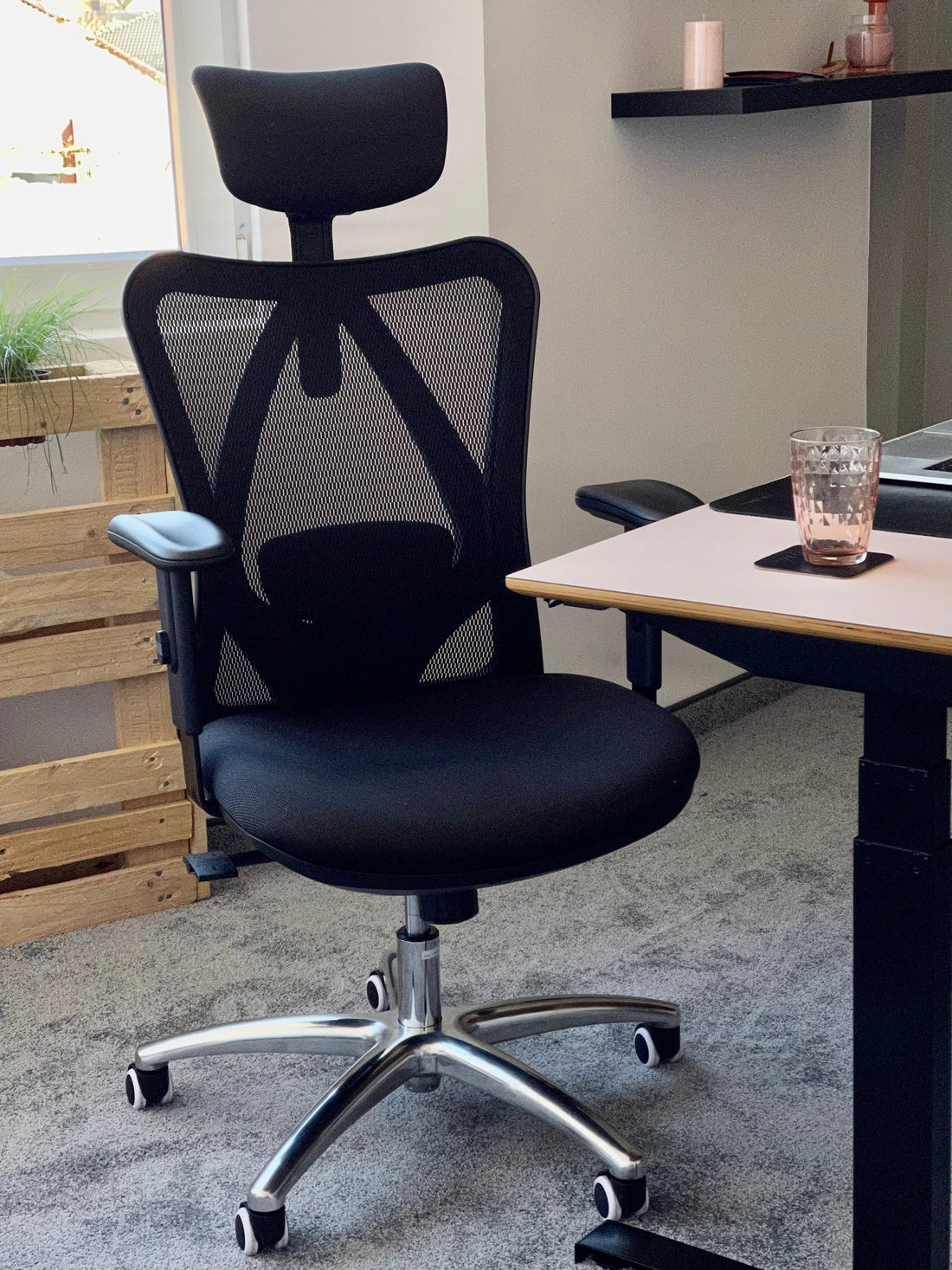Important adjustments on a chair

Share
Do you ever get the feeling that something is just not quite right with your chair? Maybe you sit in it for hours at a time every day, and even though it's been fine up until now. Well, let me let you in on a little secret. You're actually sitting on the most important adjustment any office chair can have! Understanding what the different parts of your chair are called and what they do is important if you want to make sure you're getting the most out of your chair. To understand how this works, we first have to know a little bit about the different parts of an office chair. (Please refer to the diagram below) A swivel base enables you to move around in your office freely without having to stand up or get up out of your chair. This type of base is usually found on executive chairs and computer desk chairs. Caster wheels enable you to easily move your chair from place to place. They are typically found on task chairs and other office-related chairs. The seat and backrest work together to provide comfort and support when you are seated in your chair. If you are experiencing back pain while you are sitting in your office, chances are your seat is not in the correct position to support your spine. If you have loose cushions on your chair that are allowing your back to move around too much when you sit, this can also cause back discomfort. Finally, armrests provide much needed support for your arms while you are seated in your chair. They can also be adjusted up or down to provide you with extra comfort. Now that you know a little more about the parts of a chair, let's take a closer look at these important adjustments and how to make them. The first step in making an adjustment is to lift the seat of the chair and place it on the appropriate height adjustment lever. This will lower the seat and make it more suitable for your needs. Keep in mind that if you are taller than average, you may want to raise your seat higher than normal to accommodate for your height. If you are not very tall, you may want to consider lowering your seat a bit so that your feet are flat on the floor when you are sitting in the chair. Next, you will want to adjust the backrest to provide support for your spine and prevent your back from straining while you sit in your desk chair. To do this, you will need to move the backrest to the desired position and lock it into place using the knobs on the back of the chair. If the backrest is at the wrong angle, you could be putting a lot of pressure on your spine and causing you to experience pain while sitting in your desk chair. Once you have adjusted the backrest to the correct position, you will need to adjust the height of the lumbar support to relieve pressure on your back and provide comfort while you are sitting in your desk chair. To do this, simply lift or lower the support bar to achieve the right level of support for your spine.